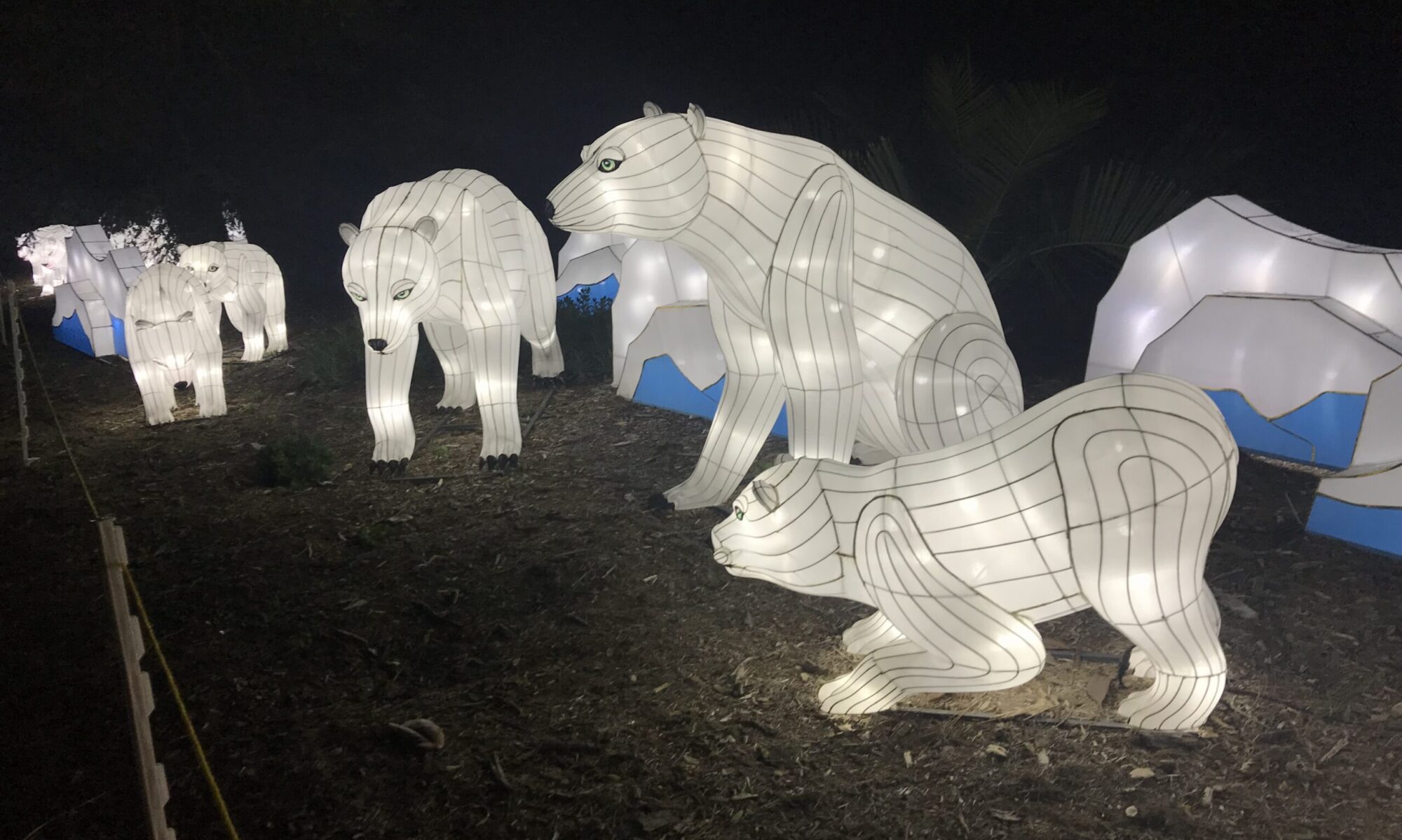Bandelier National Monument is one of the National Park Service’s true gems. Nestled in Frijoles Canyon and the surrounding plateau, Bandelier National Monument protects over 33,000 acres of rugged but beautiful canyon and mesa country as well as evidence of a human presence here going back over 11,000 years. Petroglyphs, dwellings carved into the soft rock cliffs, and standing masonry walls pay tribute to the early days of a culture that still survives in the surrounding communities.

Frijoles Canyon was formed when the area was covered with volcanic ash (the Bandelier Tuff) from an eruption of the Valles Caldera volcano 1.14 million years ago. The tuff overlays shales and sandstones deposited during the Permian Period and limestone of Pennsylvanian age. The volcanic outflow varied in hardness; the Ancestral Puebloans broke up the firmer materials to use as bricks, while they carved out dwellings from the softer material.




Bendelier is home to a varied ecosystem of flora and fauna including bear, deer, and many bird species. Bats also make their home in the canyon walls. They can often be seen fluttering around.
Human presence in the area has been dated to over 10,000 before present. Permanent settlements by ancestors of the Puebloan peoples have been dated to 1150 CE; these settlers had moved closer to the Rio Grande by 1550. The distribution of basalt and obsidian artifacts from the area, along with other traded goods, rock markings, and construction techniques, indicate that its inhabitants were part of a regional trade network that included what is now Mexico. Spanish colonial settlers arrived in the 18th century. The Pueblo Jose Montoya brought Adolph Bandelier to visit the area in 1880. Looking over the cliff dwellings, Bandelier said, “It is the grandest thing I ever saw.”


Bandelier was designated by President Woodrow Wilson as a national monument on February 11, 1916. President Wilson honored Adolph Bandelier by naming the park after him. Park infrastructure was developed in the 1930s by crews of the Civilian Conservation Corps and is a National Historic Landmark for its well-preserved architecture.
During Worls War II, the monument area was closed to the public for several years, since the lodge was being used to house personnel working on the Manhattan Project at Los Alamos to develop an atom bomb. In 2019, Senator Martin Heinrich (D-NM), announced plans to introduce legislation to re-designate Bandelier National Monument as a national park and preserve.


The main loop trail is paved and ADA accessible. An easy 1.2 mile loop, this walk takes in the best of Bandelier’s history and flora, weaving among archeological sites, reconstructed long houses, and the stream. The loop trail takes off from the back door of the visitor center. A shorter trail leads in the opposite direction to the lower falls. Both are easy walks and make for enjoyable explorations.




Branching off the loop trail, the Frey Trail takes hikers on a 550 foot altitude climb up to the original parking area. The trail is quite easy despite the climb and drop, and allows for some spectacular views of the Frijoles Canyon floor.
Hundreds of back country trails are available to explore via permit. Check with the ranger staff at the visitor center as to open trails and camping permits.
Note there is no water anywhere along the trails. Be sure to bring your own water bottle. You can fill up at the visitor center. Summers can be hot and oppressive. Be prepared and wear a hat. Alternately, winters can bring icy conditions along the trails. As with all National Park Wilderness Areas, check in with the rangers and get current information on trail access and conditions.


Check out this special place next time your adventures take you to Northern New Mexico.

